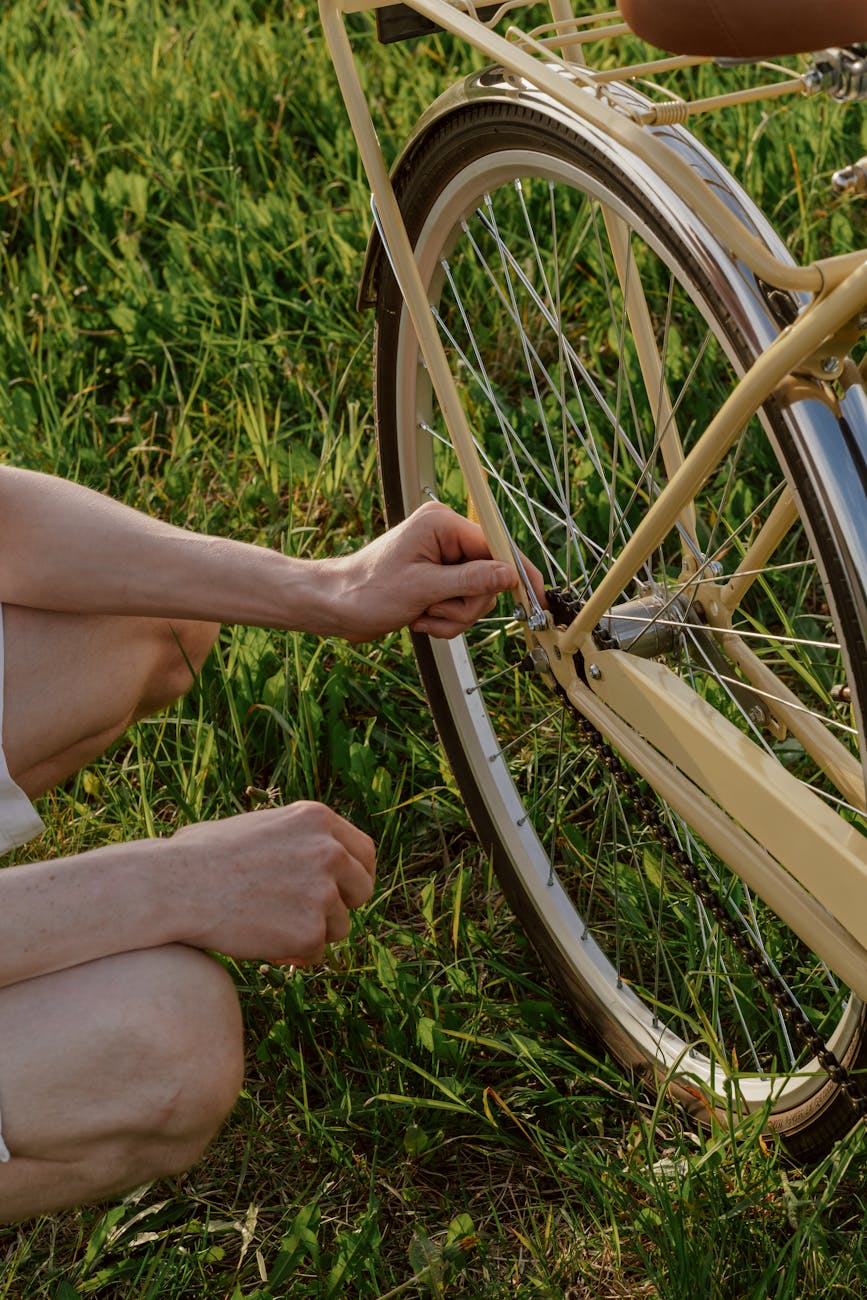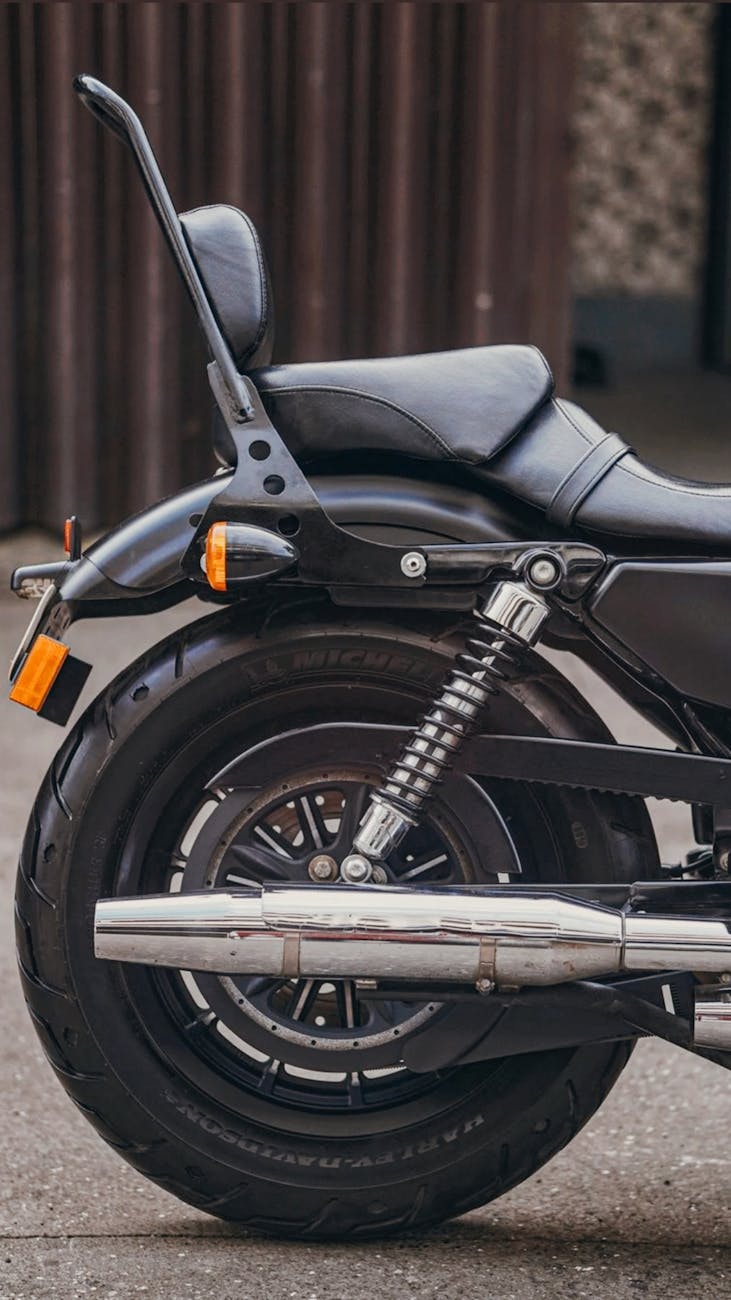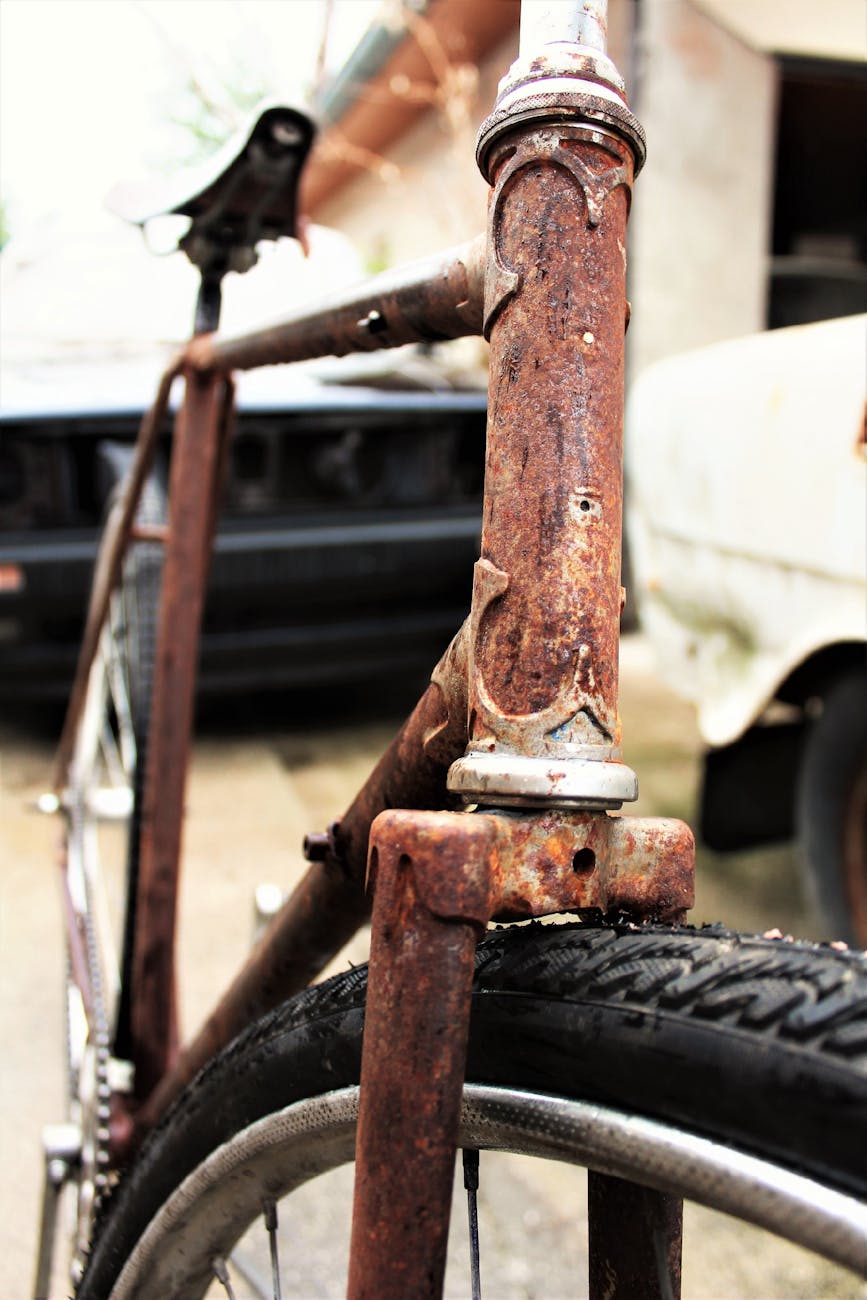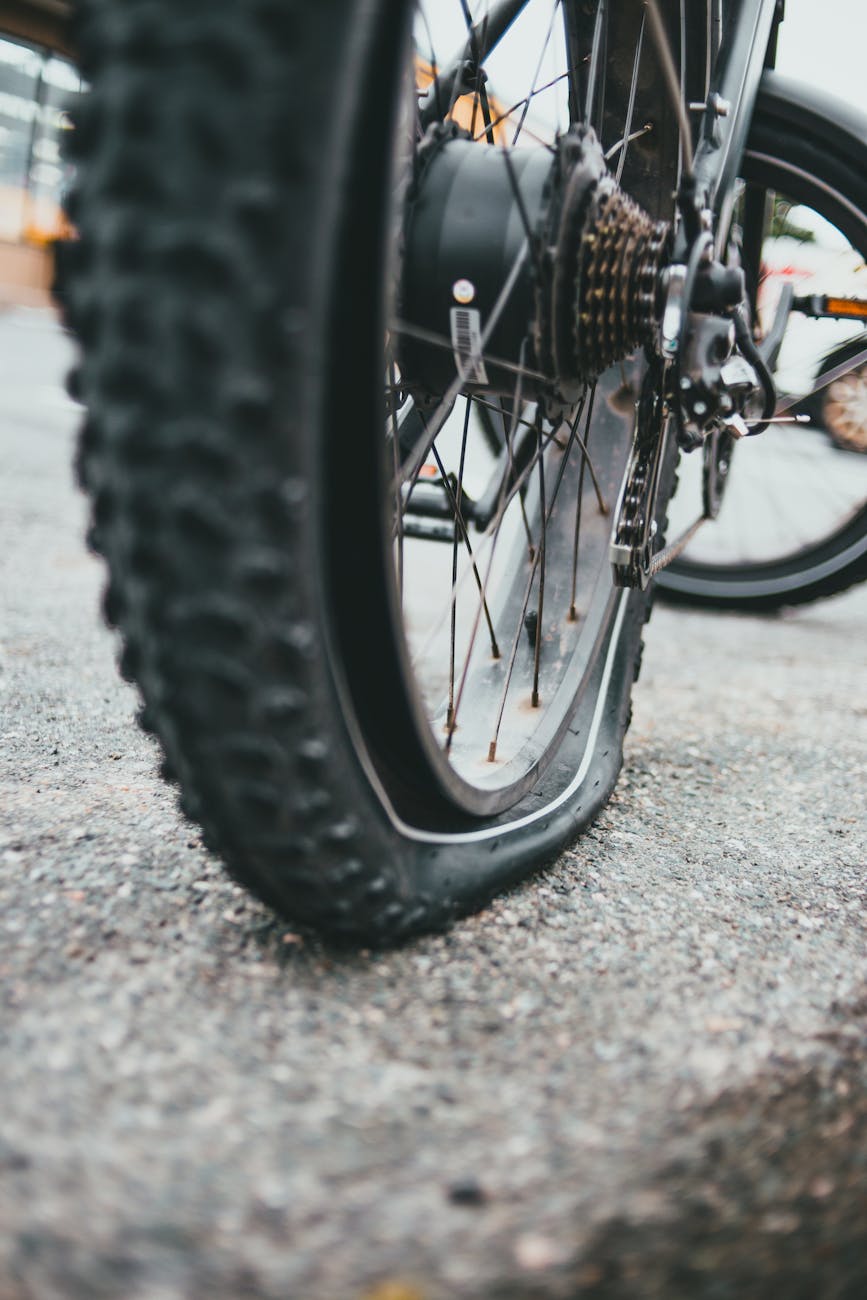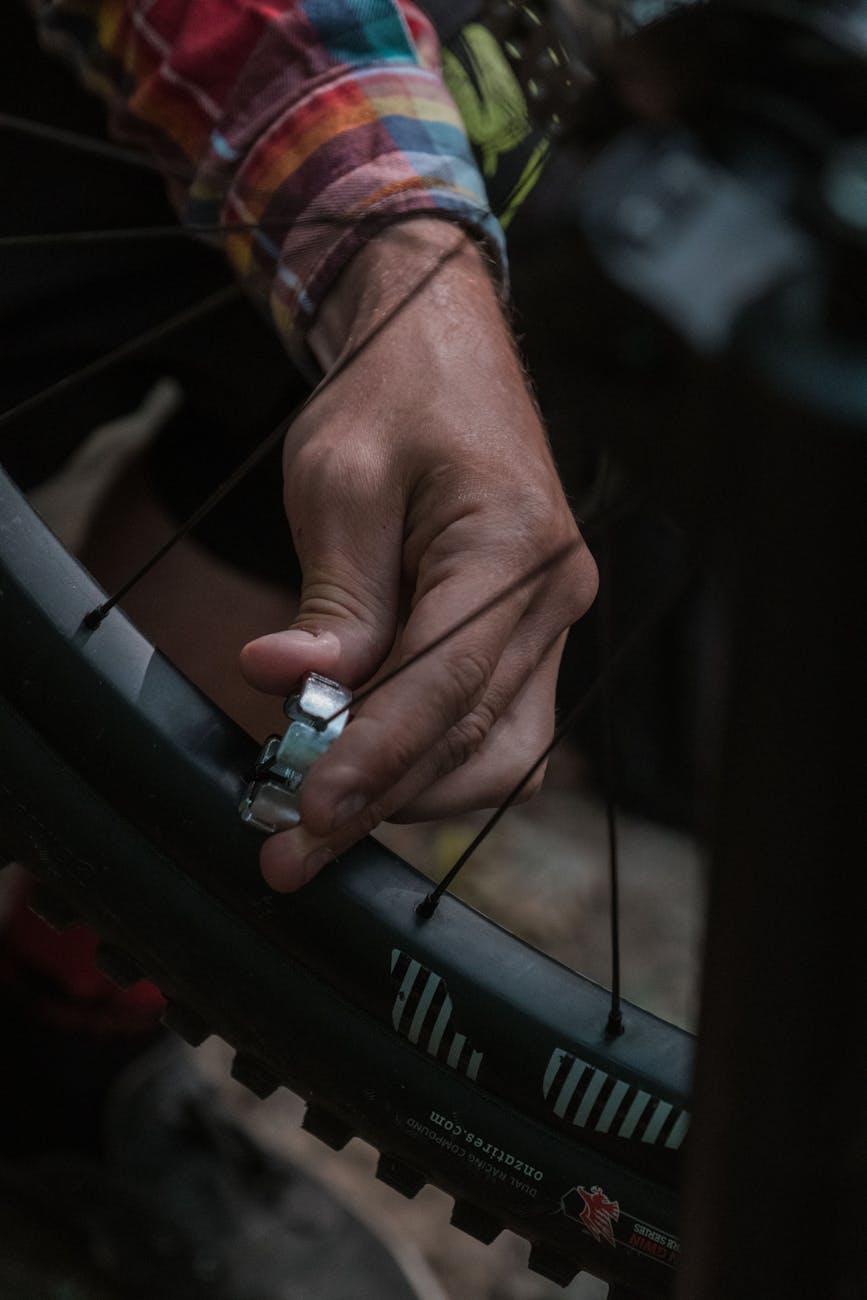Effortless Tips for Cleaning Your Bike after Every Ride
Cycling is not only a great way to stay fit and explore new places, but it also gives a sense of freedom and joy. Proper bike maintenance is crucial to ensure that your ride is safe and enjoyable. One essential aspect of bike maintenance is cleaning your bike after every ride. Regular cleaning not only prolongs the life of your bike but also helps in identifying any potential issues before they escalate. In this article, we will discuss some effortless tips for cleaning your bike after every ride.
Why Cleaning Your Bike Is Important
Before delving into the tips for cleaning your bike, it’s essential to understand why this routine task is so crucial. After every ride, your bike accumulates dirt, grime, and other contaminants that can affect its performance and longevity. Regular cleaning not only improves the aesthetics of your bike but also prevents premature wear and tear on its components. Additionally, by cleaning your bike after each ride, you are more likely to spot any issues such as loose bolts, worn-out chains, or tire damage before they become serious problems.
Effortless Tips for Cleaning Your Bike
1. Gather Your Cleaning Supplies: Before starting the cleaning process, gather all the necessary supplies. You will need a bucket of warm soapy water, a sponge or brush, degreaser, chain lubricant, a clean towel, and a bike stand to keep your bike stable during cleaning.
2. Rinse Your Bike: Begin by rinsing your bike with water to remove any loose dirt and debris. Use a hose or a bucket of water to gently spray the bike, starting from the top and working your way down.
3. Clean the Frame and Wheels: Dip a sponge or brush into the soapy water and gently scrub the frame, wheels, and other accessible parts of the bike. Pay special attention to areas with heavy dirt buildup. For stubborn grime, you may need to use a degreaser to effectively clean the components.
4. Clean the Chain and Drivetrain: The chain and drivetrain are crucial components of your bike that require regular cleaning and lubrication. Use a chain cleaning tool or a brush to clean the chain, cassette, and chainrings. Apply a suitable chain lubricant to ensure smooth operation and prevent rust.
5. Dry and Lubricate: Once you have cleaned all the parts of your bike, rinse off the soapy water and dry the bike thoroughly with a clean towel. Avoid air-drying your bike as this can lead to water spots and corrosion. After drying, apply a thin layer of lubricant to the chain, derailleur pivots, and other moving parts to ensure optimal performance.
6. Check for Damage and Wear: While cleaning your bike, take the opportunity to inspect all components for any signs of damage or wear. Look for loose bolts, frayed cables, worn brake pads, and any other issues that may affect the performance of your bike. Address any problems promptly to prevent further damage.
By following these effortless tips for cleaning your bike after every ride, you can maintain the performance, longevity, and appearance of your bike. Regular cleaning not only enhances your riding experience but also saves you money on costly repairs in the long run. Remember that a well-maintained bike is a safe and reliable companion on all your cycling adventures.


